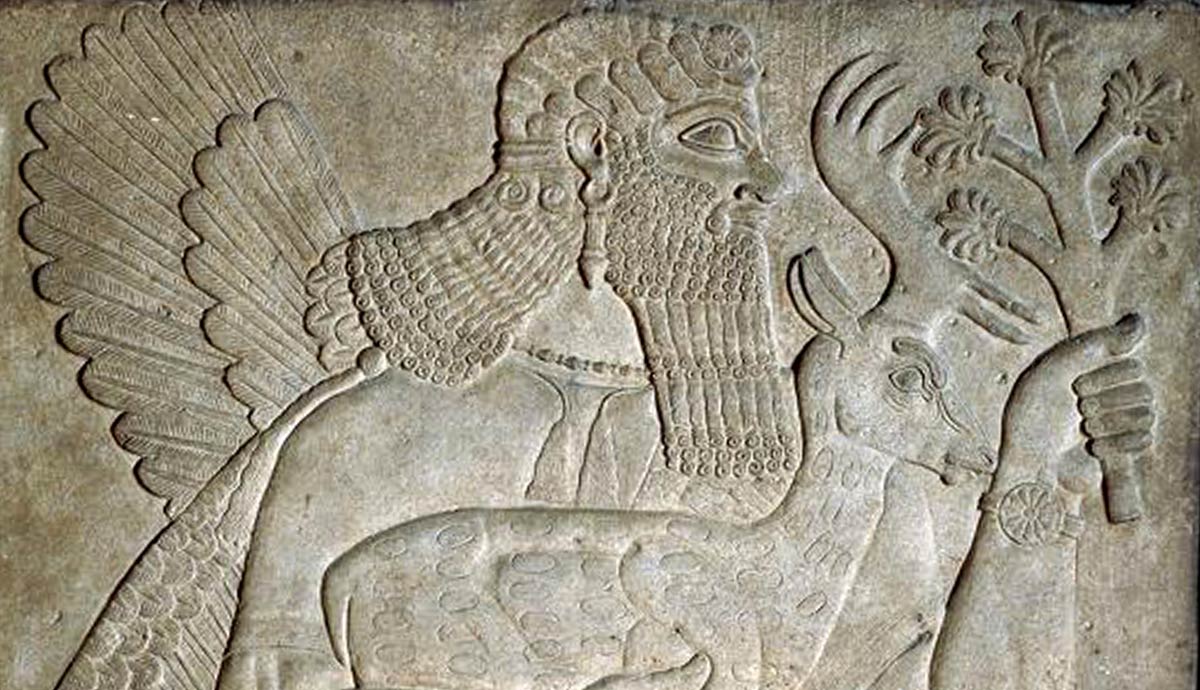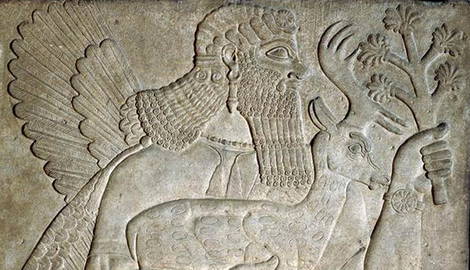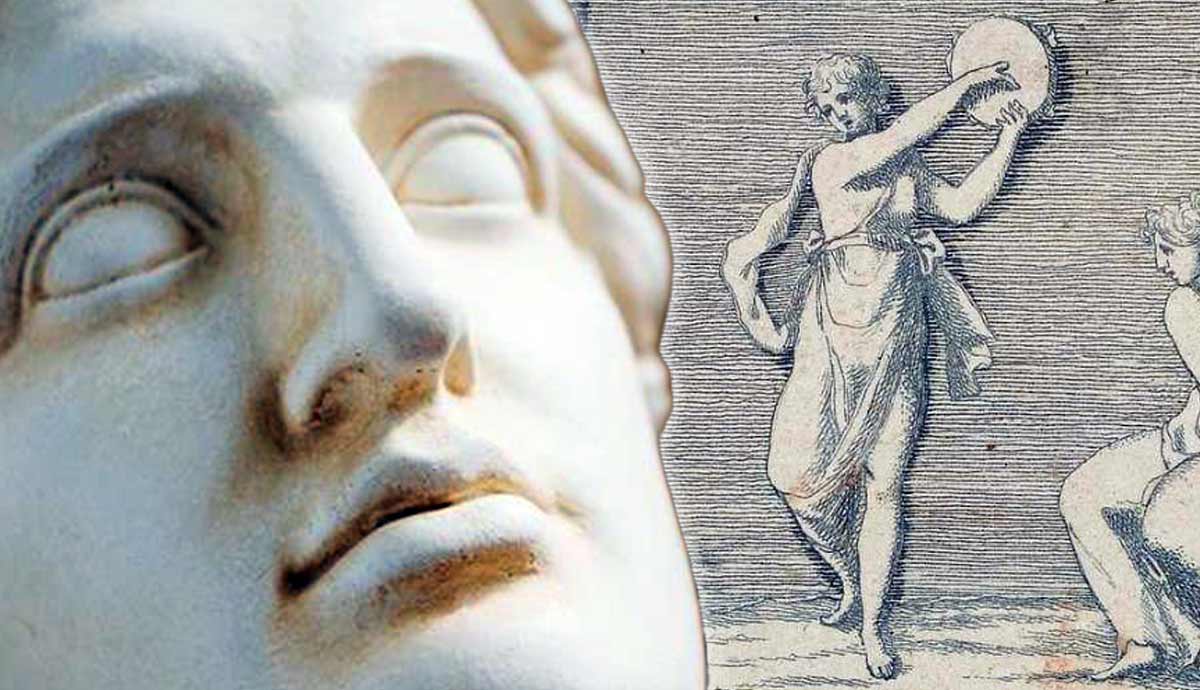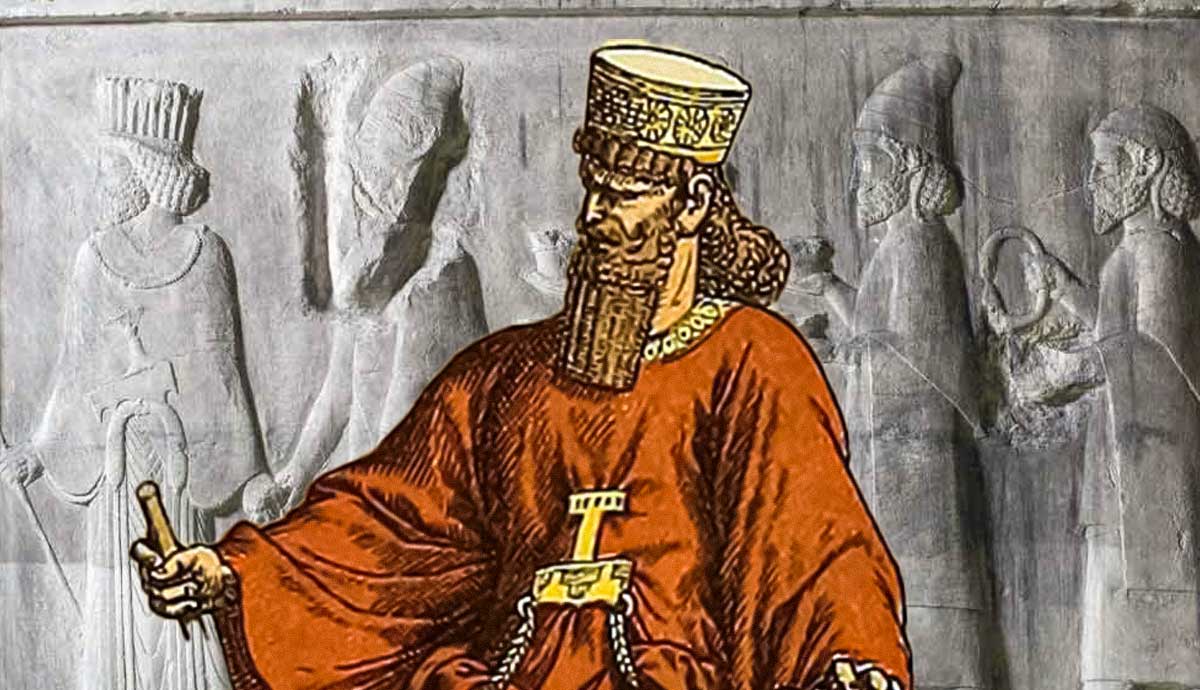
The Neo-Assyrian Empire dominated the landscape of the ancient Near East from 911 BCE until its fall in 609 BCE. The Old Assyrian period saw the Assyrian city-state become somewhat independent around 2025 BCE, and it gradually increased in strength until its penultimate period, the Neo-Assyrian Empire, when its power skyrocketed. The Empire’s success was largely due to a host of formidable kings who were not only excellent tacticians but also domineering oppressors once they had gained control of an area. These are four of the most famously brutal kings of the Neo-Assyrian Empire.
Ashurnasirpal II: The Mutilator

Ashurnasirpal II inherited the throne through his father, Tukulti-Ninurta II, and ruled from 883 to 859 BCE. He was the third king of the Neo-Assyrian Empire, and his father and grandfather before him had not only stabilized the kingdom but had expanded it rapidly, greatly increasing the royal treasury. According to many of his inscriptions, Ashurnasirpal II did not view expansion as his primary focus but rather wanted to maintain security from possible rebellions from within Assyria and its vassals.
However, this led Ashurnasirpal to use brutal methods to ensure obedience. He regularly humiliated those he defeated as a deterrent to other potential conspirators. In the first year of his reign, the city of Tela rebelled, and he had it swiftly conquered. To make a display of the city, Ashurnasirpal II had officials skinned alive before hanging their skins from the city gates. In his inscription detailing the event, he describes how he had impaled some officials, had severed heads tied to trees, people burnt alive, eyes gouged out, and noses, ears, and fingers cut off.
These procedures became Ashurnasipal’s signature when he crusaded through the ancient Near East. In another instance, he said he made a tower out of the heads of old men and burned the children of the city alive. Additionally, he deported whole populations and required them to pay extreme amounts of tribute and tax.
Similarly, he often transported captives back to the Assyrian heartland as slaves and utilized them in the reconstruction of the ancient city of Kalhu, his new base. In an act of psychological warfare, he invited and hosted over 60,000 officials and dignitaries from across the Empire and its allies for a celebration. The guests had the opportunity to explore his palace, where they must have seen Ashurnasirpal’s extensive display of reliefs depicting him as a divine and ferocious warrior and recording his violent methods of torture through images and in writing.
Tiglath-Pileser III: The Deporter

Tiglath-Pileser III ruled from 745 to 727 BCE. How he assumed the throne is often debated by historians. Although unconfirmed, it is heavily suggested that Tiglath-Pileser III was a usurper who seized the throne from his brother through some revolts in the year 745 BCE. Further evidence manifests in the historical records that show that the new king appears to have replaced a large number of officials within his court. This foreshadows the chaos and violence that he would preside over for the next 20 years.
The Assyrian ruler began his reign with internal reform and manipulation of history. He reconfigured the Assyrian system of power by significantly decreasing the power of magnates and officials and even erased the names of previously important officers from inscriptions.
In 744 BCE, Tiglath-Pileser III began his first campaign into Babylonian territories and had the border between the two kingdoms shifted in his favor. Next, he turned to Urartu and defeated their troops in battle, which was a momentous moment for the king as his predecessor had been beaten by the same forces. Nevertheless, Tiglath-Pileser’s greatest efforts were put into his campaigns in the Levant. He strategically conquered smaller kingdoms first so his army could quickly march through the area with little resistance.
Tiglath-Pileser III is most memorable for his increased use of the Assyrian deportation tactic. Although the practice had been in place for hundreds of years by this time, Tiglath-Pileser III employed this scheme on a scale never seen before.
During his reign, historians estimate he relocated hundreds of thousands of people across the Empire. This greatly reduced any ideas of community and identity, particularly because, at the time, many religions had important location-based deities. Moreover, this psychological warfare gave people less hope, and resistance seemed impossible. Many groups were sent hundreds of miles to unfamiliar places far from their gods. This also provided Tiglath-Pileser III with the manpower he needed to provide vital services, such as building projects, across his expanding Empire.
Sennacherib: The Vengeful

Infamous for his status as a legendary warrior king, Sennacherib ruled the Neo-Assyrian Empire from 705 to 681 BCE. After the death of his father, Sargon II, Sennacherib ascended the throne to cries of joy from Assyrian vassals as his late father had insinuated his heir was ineffectual and spineless. Interestingly, Sargon II never took his son on any military campaigns, although he was old enough, and he left Sennacherib to oversee more domestic and administrative affairs. Determined to prove his father wrong, the second king of the Sargonid Dynasty went on to terrorize the Levant and destroy the city of Babylon.
After facing off against the Chaldean who proclaimed himself King of Babylon, Merodach-Baladan, Sargon II displayed mercy and allowed the pretender to live in his native city of Bit-Yakin. This decision plagued Sennacherib, as upon his ascension, Merodach-Baladan resurfaced with an army in Babylon and executed the vassal king. The Babylonian people welcomed Merodach-Baladan as Sennacherib had already insulted them by not participating in the established custom of “taking the hand of Marduk” but declared himself the Babylonian king regardless.
Sennacherib sent his forces (although he did not attend himself) but was defeated by a Babylonian-Elamite coalition. Outraged, the Assyrian ruler charged down to Babylon as head of his own army and devastated the city. Merodach-Baladan escaped, but Sennacherib razed the fields of those who had supported his enemy and took hundreds of thousands of captives back to Assyria. Next, Merodach-Baladan encouraged rebellion in the Levant, which Sennacherib swiftly attended to. He split his army and led one-half himself to enact a siege on Lachish while his general and chief officer headed for Jerusalem.

Sennacherib exploited strategically placed archers and battering rams to force entrance into Lachish. The king had vast numbers of people slaughtered, as depicted in his infamous Lachish Reliefs. The carvings illustrate the brutal methods of torture and execution used by Sennacherib, including beheadings, impalement, and being skinned alive. Some sections of the relief show officials being flayed alive while children watch. Although Hezekiah, King of Jerusalem, had now agreed to pay tribute, Sennacherib would not forget nor forgive his treachery so easily and marched on.
What happened next is debated by historical and biblical scholars alike. According to the Book of Kings, the Book of Chronicles, and the Book of Isaiah, divine intervention from God stopped the Assyrians in their tracks. Yet, in Sennacherib’s account, he stated that he had Hezekiah trapped “like a bird in a cage.” Furthermore, he took over 200,000 captives from Hezekiah’s lands and conquered 46 cities. Interestingly, Jerusalem was left more or less unharmed, but Sennacherib left the city with an increase in tribute.
Finally, Sennacherib’s exploits in Babylon cemented him as one of history’s most ruthless rulers. Merodach-Baladan was still trifling in Babylonian politics, and the ruler Sennacherib had installed failed to provide any resistance. As a result, Sennacherib sent him back to Nineveh and replaced him with his own son, Ashur-nadin-shumi. Tragically for Sennacherib, Merodach-Baladan led a force of Elamite troops into the city and had Ashur-nadin-shumi kidnapped. Sennacherib swept into Babylon again and had multiple officials executed, but his son had already likely been killed in Elam.
The war between Assyria and Elam consumed the next four years of Sennacherib’s reign. Sennacherib refers to the “anger of my heart” when he faces the Elamite army on the banks of the river Tigress, and he goes on to detail that he cut off the genitals of the soldiers and cut their lives as if they were string. Sennacherib returned to Nineveh for a time, then enacted his revenge on Babylon. He completely sacked the city by discarding religious monuments in canals and used both fire and floods to consume what was left of the city.
Ashurbanipal: The Executioner

Often considered the last great King of Assyria, Ashurbanipal ruled the empire from 669 to 631 BCE. Under his reign, the Assyrian Empire reached its zenith and contained Babylonia, Persia, and even Egypt for a time. He also completely vanquished Assyria’s long-term enemies Urartu and Elam, and used cruel methods to subdue and maintain oppression over his extended territory.
Ashurbanipal’s father, King Esarhaddon, had inherited the throne but only ascended it after a period of civil war with his brothers. Determined to avoid this after his passing, he declared his eldest surviving son, Shamash-shum-ukin, the heir to Babylonia, and Ashurbanipal as heir to Assyria. Both brothers ascended to their new positions smoothly despite the elder of the two being relegated to what was seen as a secondary position. By 653 BCE, it seemed that Shamash-shum-ukin was tired of living in his brother’s shadow and had begun conspiring with Elam.
Unaware of what scheme was arising, Ashurbanipal invaded Elam upon hearing that the armies were mobilizing. In his inscriptions, Ashurbanipal described how he beheaded the Elamite king and his son and had their heads hung in trees within his garden. With his options limited, Shamash-shum-ukin openly rebelled against his brother. Ashurbanipal’s troops besieged the city of Babylon for four years. Sources state that the residents of the city turned to cannibalism and were so weakened that they were easily cut down by the Assyrians once they got inside. Ashurbanipal notes that he fed their bodies to animals, and Shamash-shum-ukin killed himself to avoid retribution.

Meanwhile, a civil war began in Elam, and Ashurbanipal took advantage of the opportunity. He sacked the Elamite capital of Susa and described how he demolished religious sites, smashed the royal tombs, and took the bones of their kings back to Assyria before sewing salt on the land. Ashurbanipal completely destroyed the city without considering making it a vassal state. He took an extensive number of captives back to the Assyrian heartland and spread the deported mass of people across the empire.
Ashurbanipal’s literary inscriptions secure his position as one of history’s most brutal kings. As many of his predecessors had done before him, he used poetic language to paint a picture of the terror he inflicted on his enemies. In his description of some of his first conflicts with the Elamites, he recounted how the river Ulai turned red because of the amount of blood from his deceased foes and that he took prisoners of war to be “spectacles” for the people of Assyria. Likewise, many of the artworks he created portray unimaginable violence. His reliefs regularly show pictures of piles of severed heads and enemy soldiers being flayed alive.










